The day was doggedly hot. I had walked a long way to get to the ruins of Gaochang, downing a bottle of water at every store I saw. But, as I got closer to the ruins, the landscape became more rural, and there were no stores to buy water.
The road came to a T-intersection. Behind a fence and a set of trees, the walls of Gaochang rose from the flat, green vineyards surrounding it. A hand-painted sign had an arrow pointing to the right and said, “Gaochang, Half a Mile.”
Beside the sign, there was a hole in the fence just barely large enough for me to squeeze through. I had already had one encounter with the police that afternoon (to be described in the next post), but I decided to risk another. If anything, the first encounter drove me to roll the dice.
I squeezed through the hole in the fence. On the other side, there was a line of trees and then a flat desert field from which the walls of the ancient city arose.
Gaochang was gigantic, much larger than Jiaohe, the ancient Silk Road city about thirty miles west. The walls of Gaochang, at least those that remained, rose thirty feet up. The walls stretched out as far as I could see in both directions. Jiaohe was a mile long but barely a tenth of a mile wide, the city sitting on a slab of rock carved out between two rivers. Gaochang was a mile wide and a mile and a half long. Looking from above on a satellite photo, Gaochang looks like a giant stain of dirty yellow amidst the green fields of grapes.
But if Gaochang was bigger than Jiaohe, it was also in a greater state of disrepair. Little was left in the wide expanse that had once been Gaochang, other than the walls. Most of the interior, where urban life had once bubbled, was flat dirt, with a few remains sticking up in the distance.
Genghis Khan has a well-earned reputation for leveling cities, but it was Jiaohe, not Gaochang that Genghis Khan destroyed. The Mongols used Gaochang as a Silk Road oasis town. It had not been until the fighting after the Mongol empire evaporated that Gaochang had been so thoroughly decimated.
Before its destruction, the city had laid out a long-lasting legacy in religion and trade. It had been from Gaochang that the Chinese first stretched out into Central Asia. Though the area has been largely populated by Muslim Uighurs for a thousand years, the city that once existed was largely a Han Chinese city in the first millennium, spreading Chinese culture to the west and channeling Central Asian culture into China.
Gaochang had also been an important conduit for spreading Buddhism to China. It was during the rule of a Uighur empire seated at Gaochang that many of the grottos at Bezeklik were built, and it was through Gaochang that many Chinese monks passed on their way to India, to retrieve Buddhist texts.
Gaochang even played a major role in the spread of Christianity, though this turned out to have a less long-lasting effect than Buddhism. Nestorian Christians from Gaochang were active as far as the southeastern coast of China, near Hong Kong, and spread their beliefs as they traveled and traded in China.
Despite this history, the city was now trashed and was, apparently still being trashed. I walked into some of the storage space along the walls. Trash was strewn about in them, broken bottles, empty beer cans and cardboard packaging. These storage rooms had once housed Silk Road treasures, but now had become a place for teens to get drunk.
After my earlier encounter, I was still a little worried about the cops, so I squeezed back out through the fence and went to find the ticket booth. I searched for twenty minutes in the hot desert sun and yet I found no water. Along the way, I came to more holes in the fencing of the ruins. Each time, I would slip in, look around and take some more photos of Gaochang, but still, there was little more than city walls remaining.
After walking to one corner of the city walls, I decided to give up my search for the official entrance. I knew there had to be a designated entrance; in today’s China, there was always someone to take your money. Yet I had not seen any sign of the entrance since that first hand-scribbled sign, nor had I seen any signs of tourism at all, no buses nor tour guides with flags and a line of followers.
I turned back around. I needed water. I had to get back to somewhere that sold water.
Along the way, however, I stopped. Just across from the ruins was an old Muslim graveyard. There was a working mosque nearby, but the cemetery appeared to have been abandoned and trashed, like in the storage rooms of Gaochang. Some of the graves had been dug up. Bones lay scattered around randomly. I could have put a whole skeleton together. Atop one of the graves, a jawless skull had been left in the sun, looking towards the road.
Not sure what to make of it, I left the dead to themselves to find water.
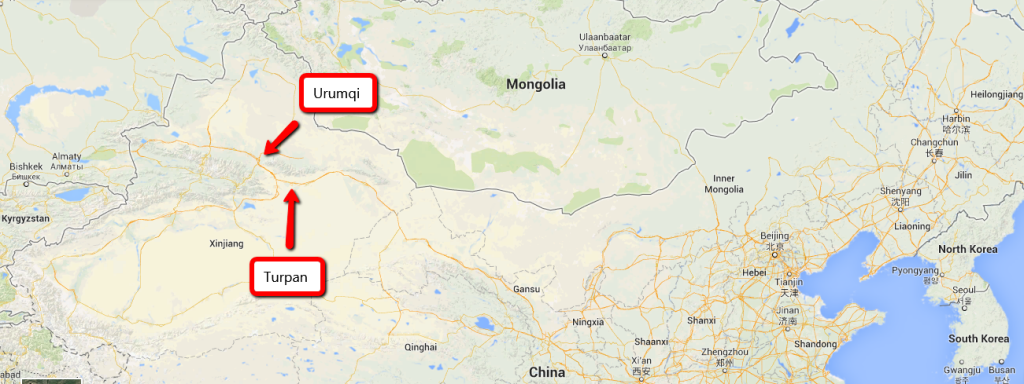
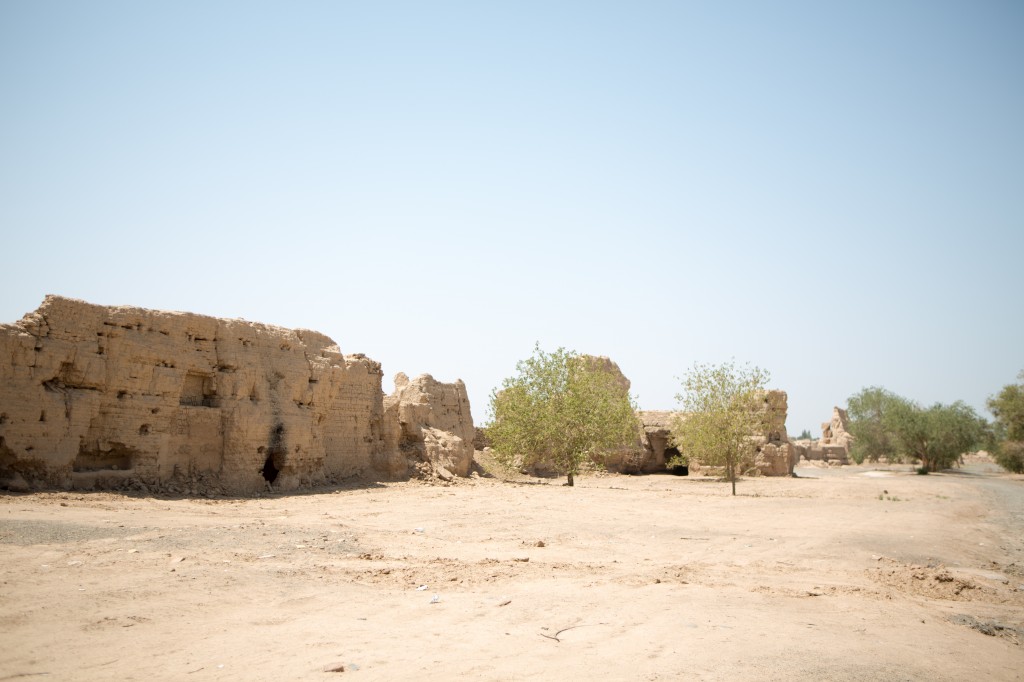
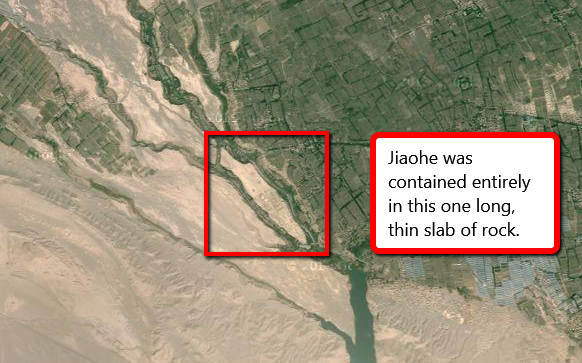
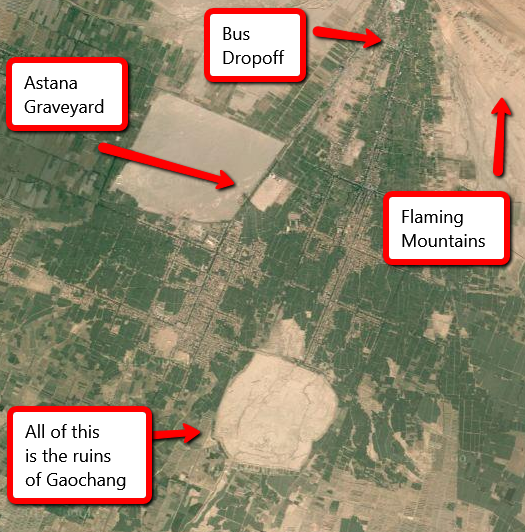
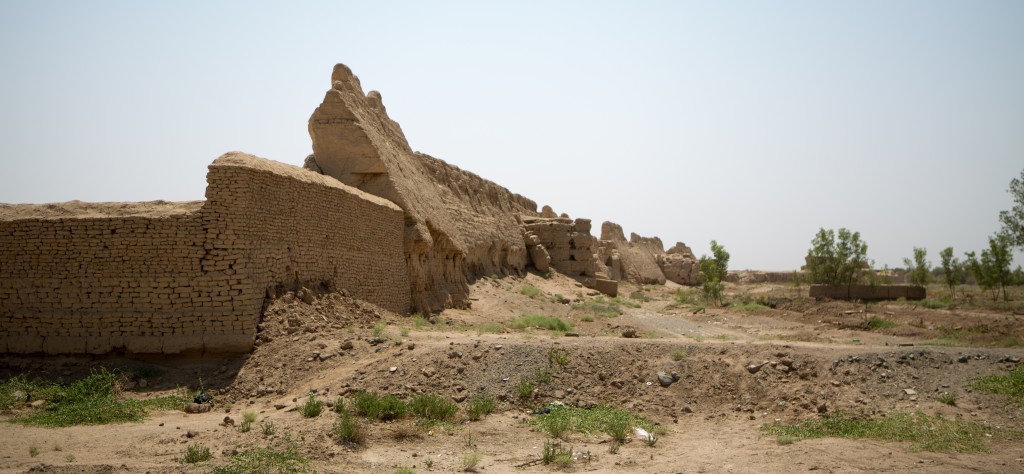
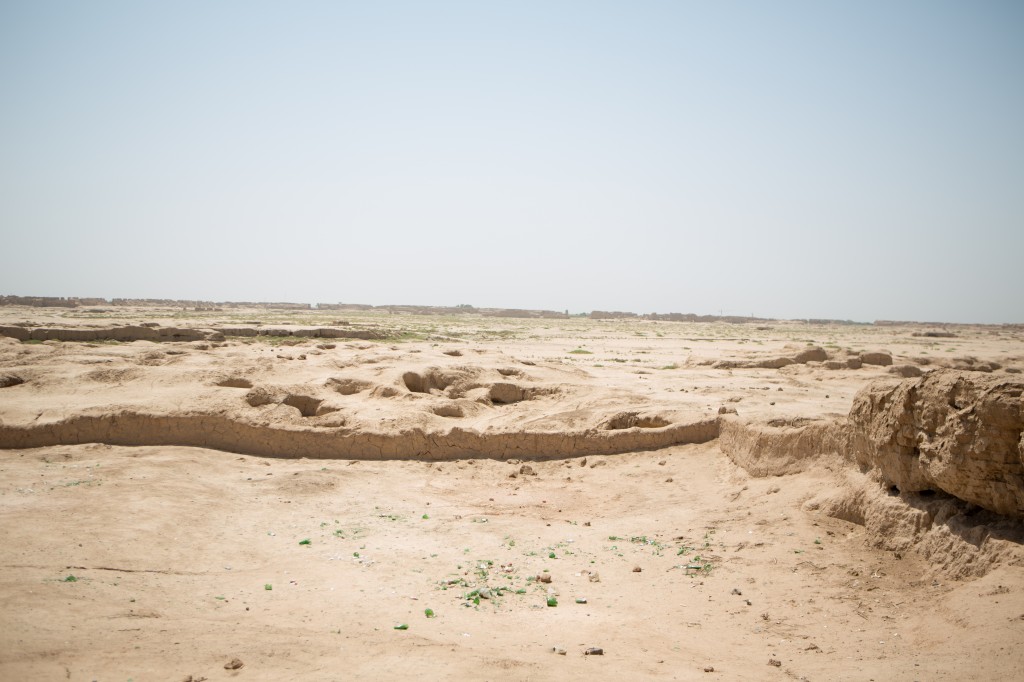
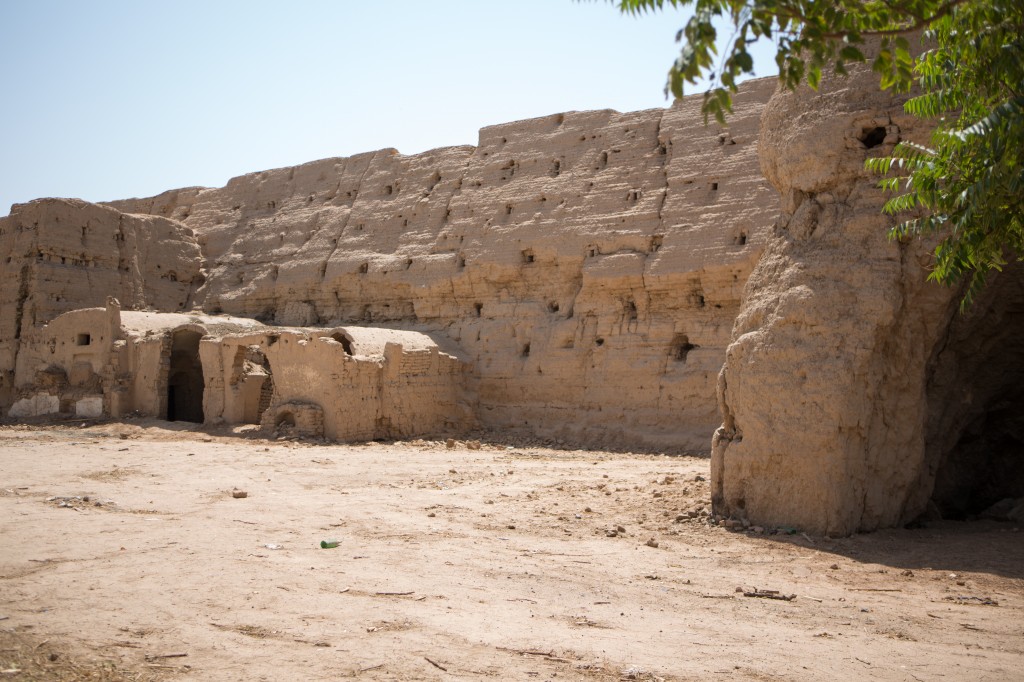
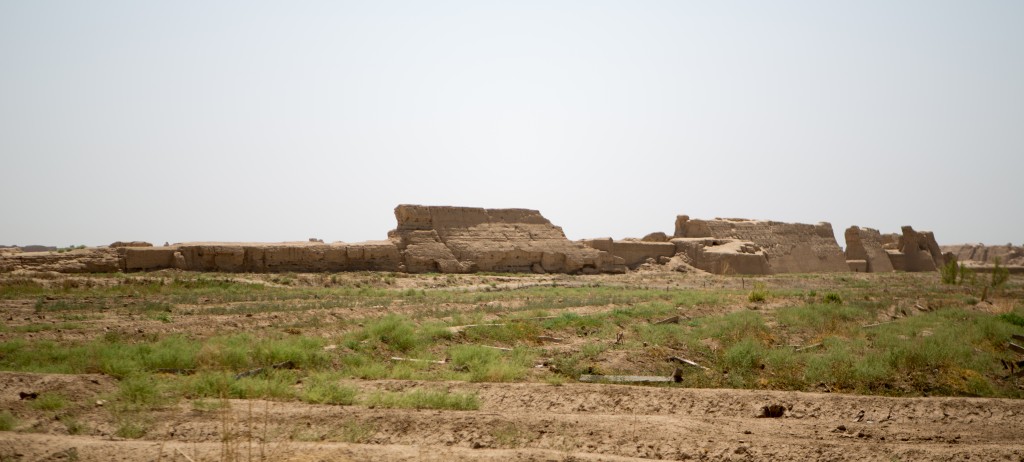
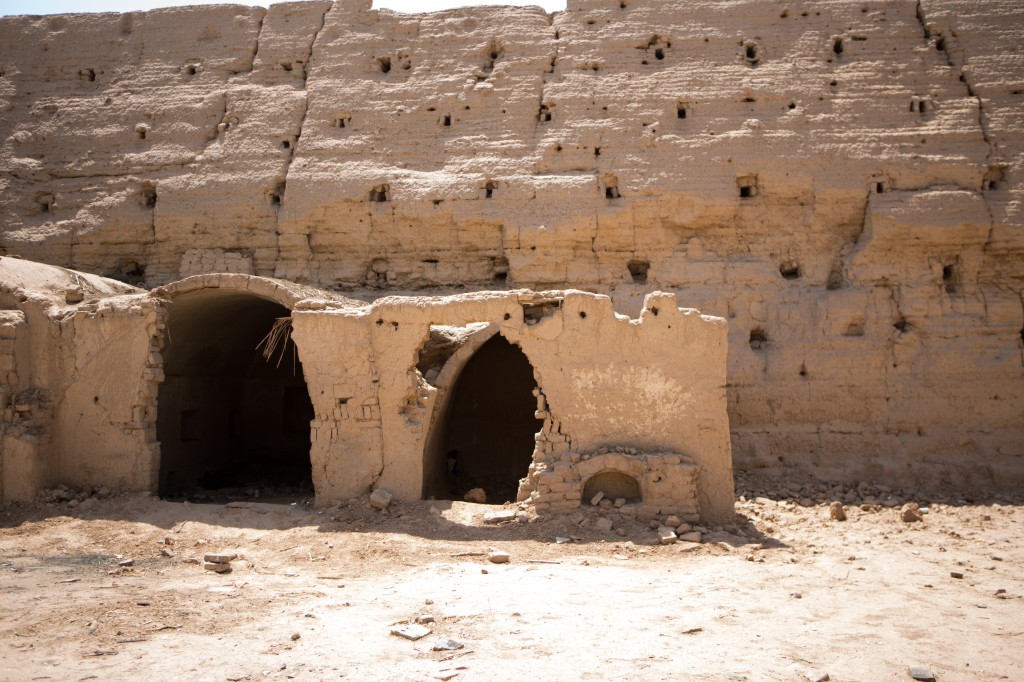
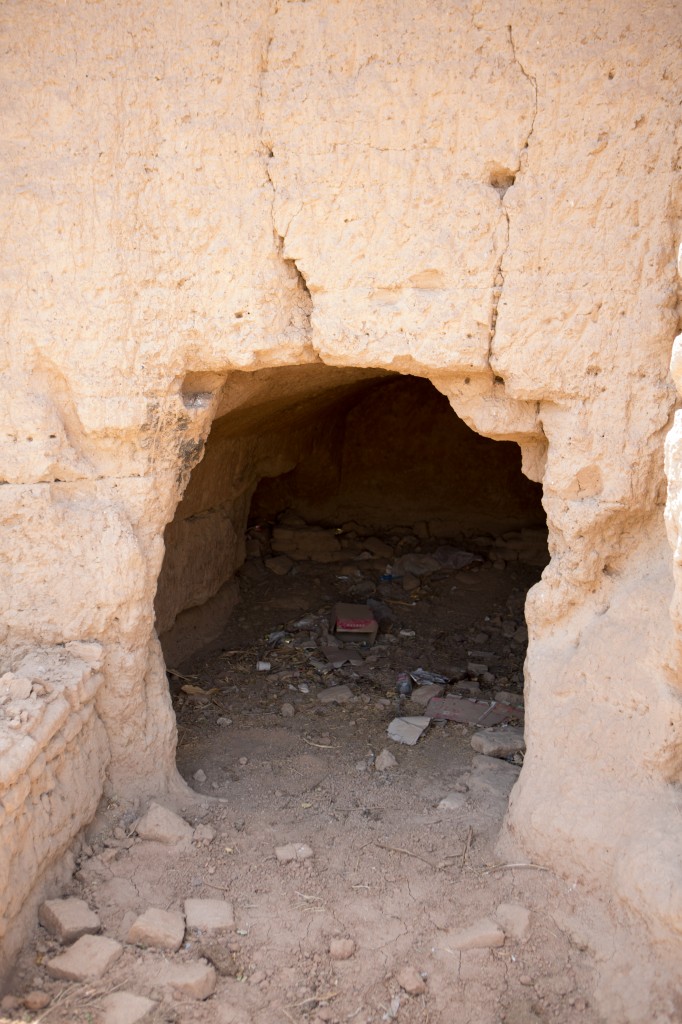
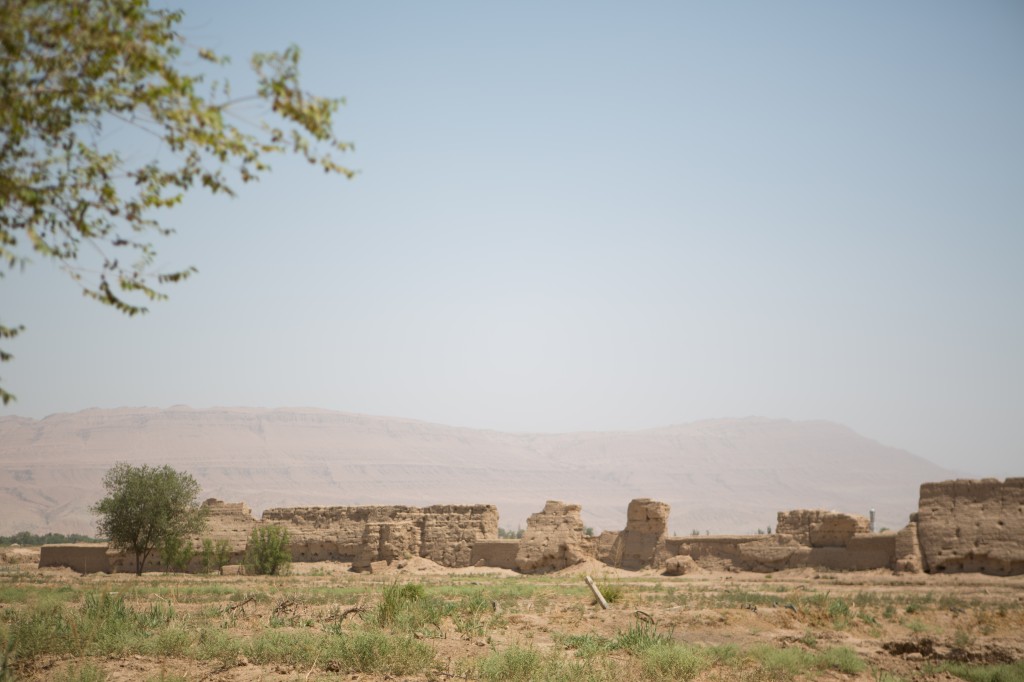
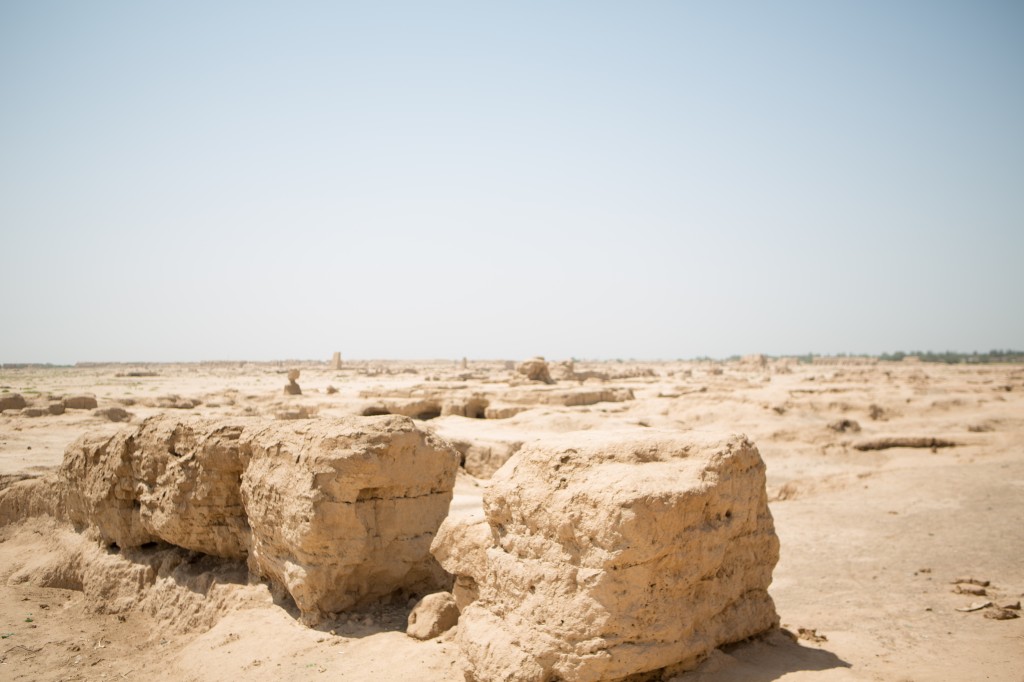
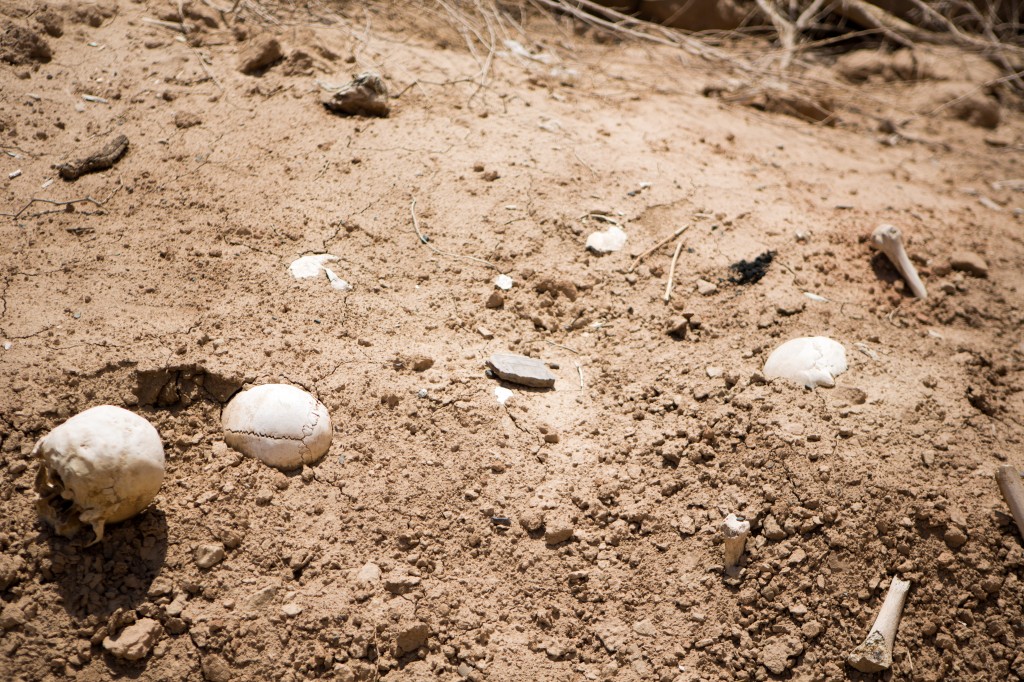
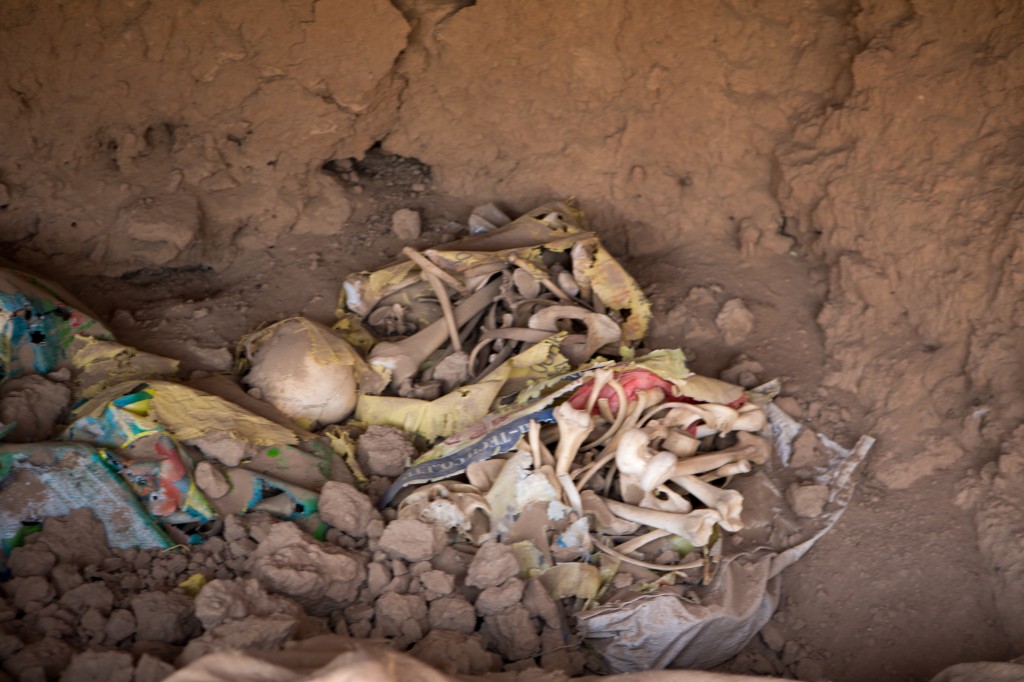
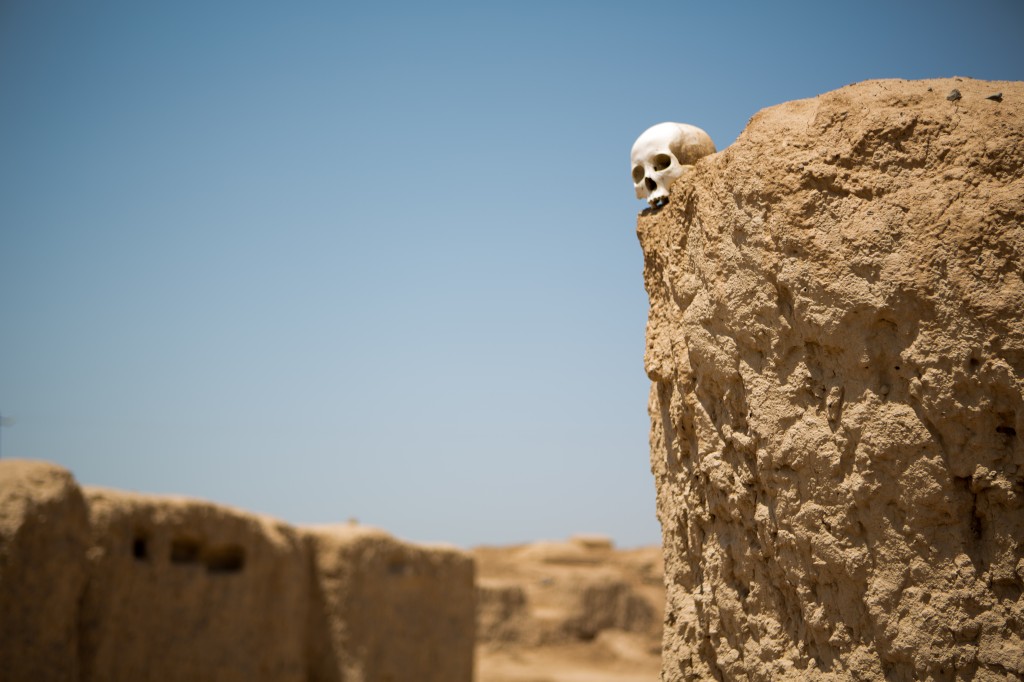
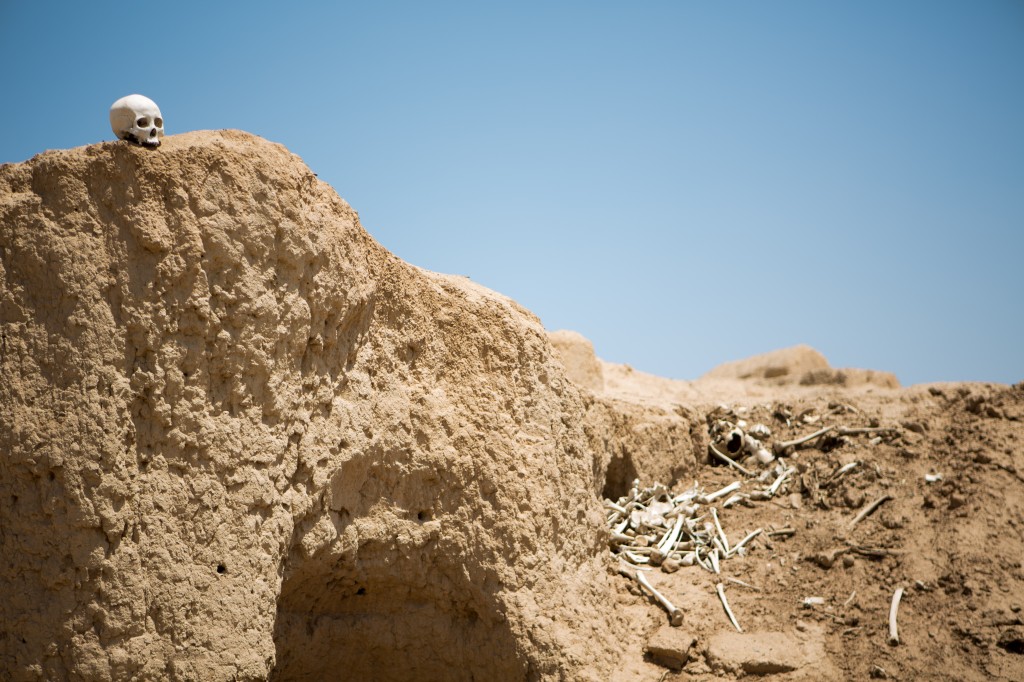
Stunning! Talk about stepping into the past! Again, many thx for being my eyes and ears. Tom
Lee
As Jesus Christ said, “Let the dead bury the dead.”
William